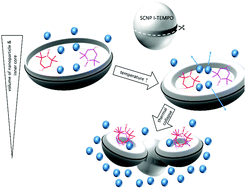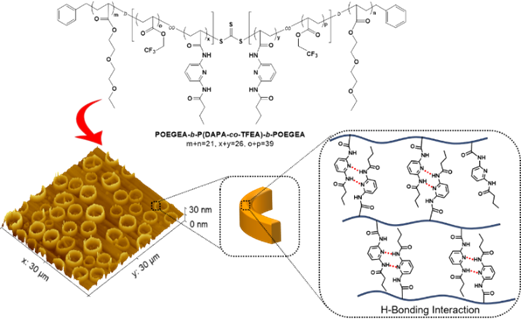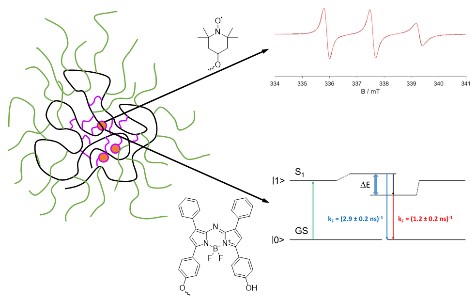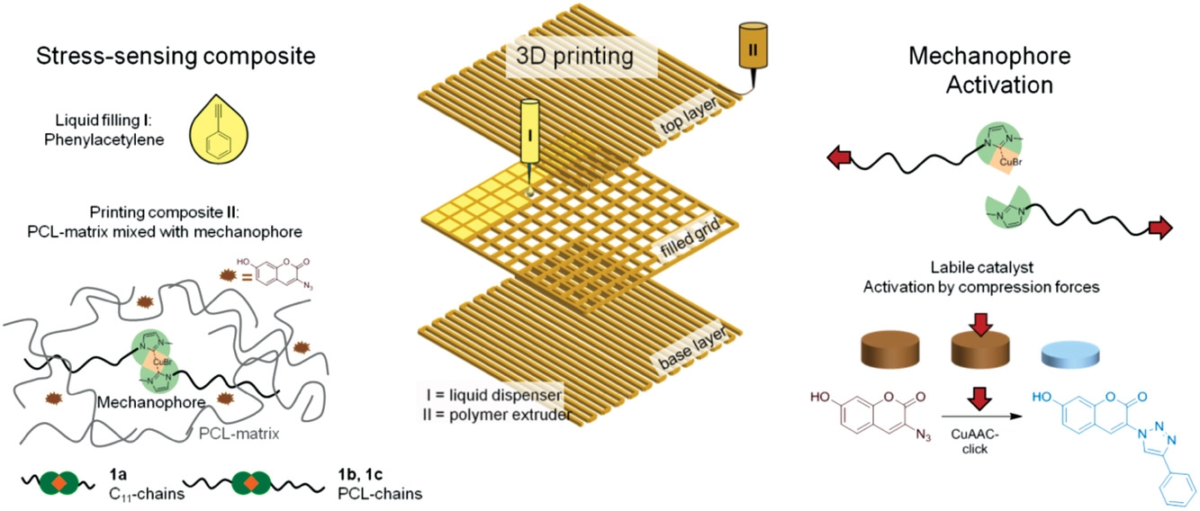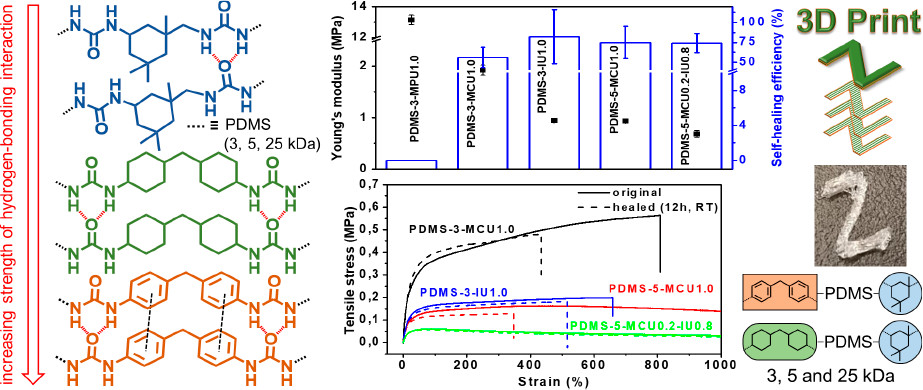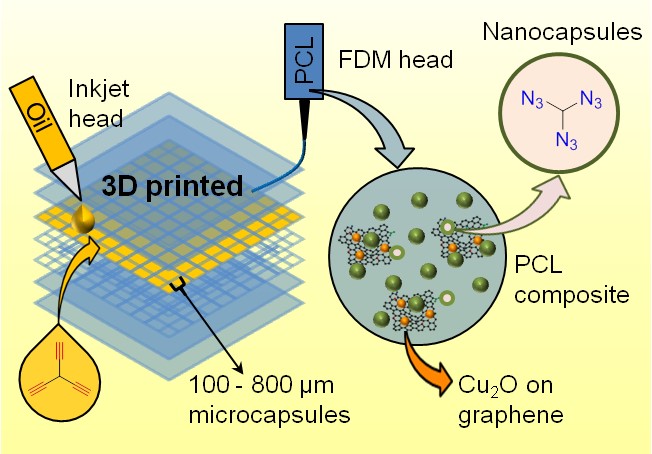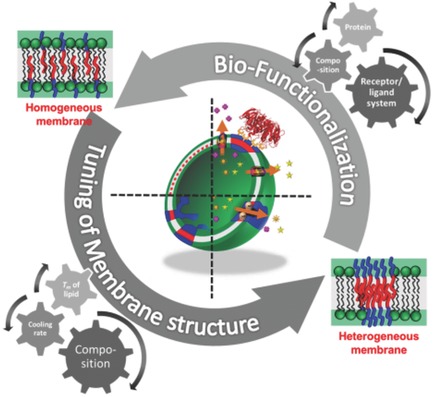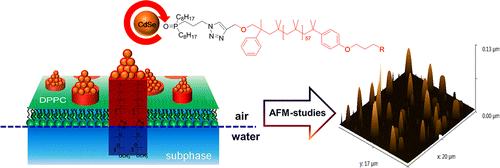3D printing of solvent-free supramolecular polymers
Rupp, H., et al. Frontiers in Chemistry, 2021, DOI:https://doi.org/10.3389/fchem.2021.771974
Additive manufacturing has significantly changed polymer science and technology by engineering complex material shapes and compositions. With the advent of dynamic properties in polymeric materials as a fundamental principle to achieve, e.g., self-healing properties, the use of supramolecular chemistry as a tool for molecular ordering has become important. We here review recent progress in the 3D printing of supramolecular polymers, with a focus on fused deposition modelling (FDM) to overcome some of its limitations still being present up to date and open perspectives for their application.


